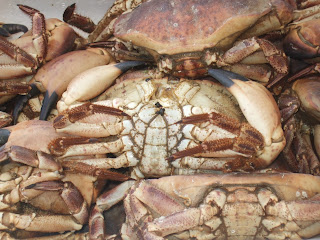Theory Science Museum – Challenges of Materials Exhibition
Materials
The challenge is to select the right material for the job and the priority is to match the properties of the materials to the lack to be performed.
Many other factors have to be considered, such as, cost, appearance, fashion, individual taste and cultural conventions.
Perceptions of materials
How do we feel about materials influences which ones you choose?
A material that performs well may still seem ‘wrong’ depending on personal taste or social convention.
Artists and designers are often able to change people’s perceptions of the suitability of using particular materials.
Select one material that inspires you that you have learnt something new about – make notes on its
Applications
Properties
Development
American Red Oak
I was inspired to research about oak because it is a material that is used in our everyday lives and I thought I would research into a material that isn’t related to textiles, something different.
Applications –
Today oak wood is still frequently used for making furniture and flooring, timber frame buildings, and for veneer production. Also barrels in which red wines, sherry, brandy and spirits are made from American Red oak. The use of oak in wine can add many different flavours to wine based on the type and style of the oak. Oak barrels, can add a change and a difference to the colour, taste, and fragrance of the contents, such as an oaky vanilla flavour.
Properties –
American Red oak has great strength and hardness, and is rarely contaminated with insect and fungal attacks because of its content of high tannin. Which is why oak is commonly used to make furniture, flooring, timber frame buildings and for veneer production, because consumers know that oak products will be long lasting and durable.
Development –
American red oak has developed over generations because of the growth of production, inventions and modernization of machinery and mechanics. Also because a scientist discovered that the oak tree could be used as a material, developing from its origin a tree, to now being produced and used as everyday objects.



